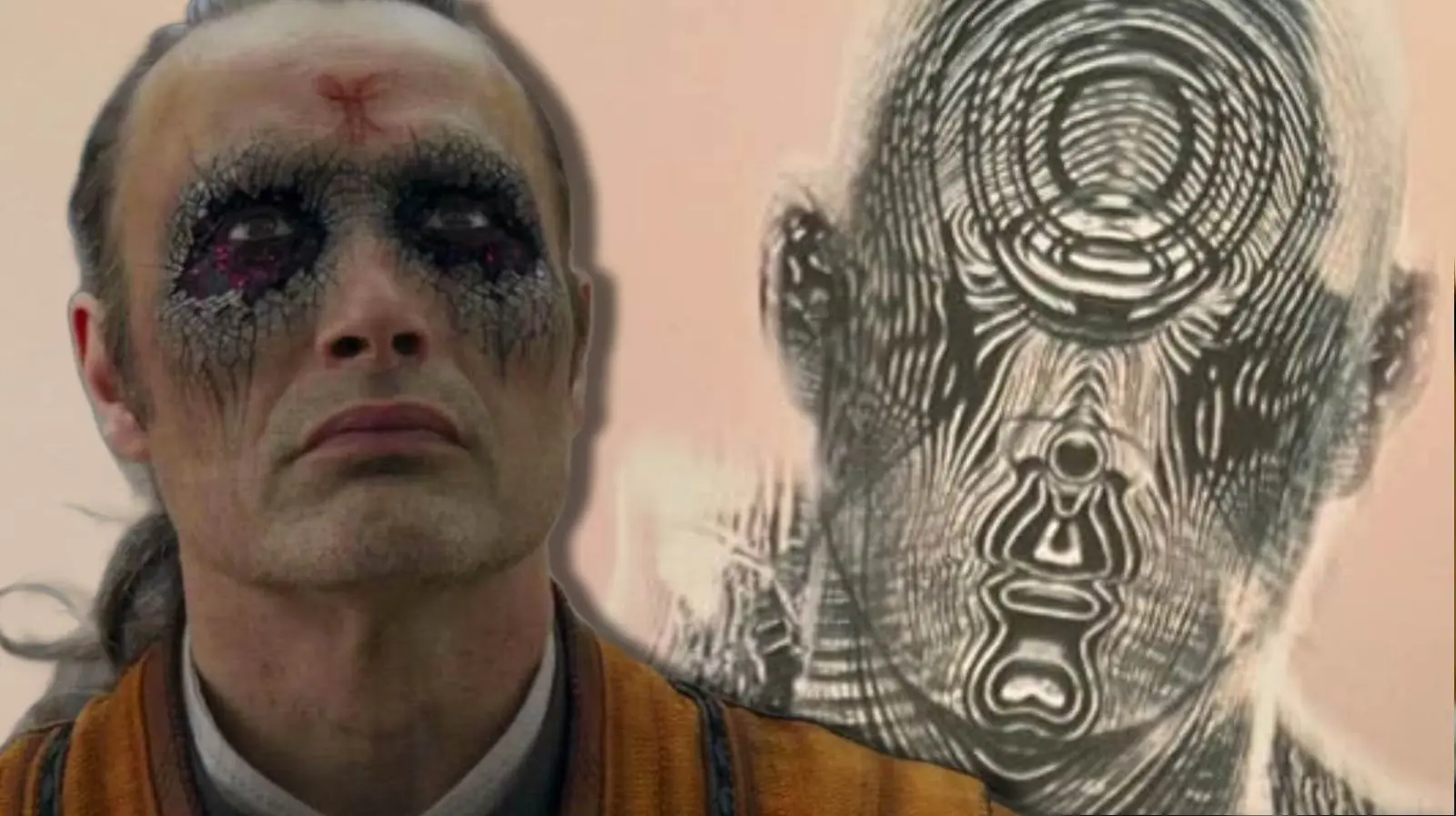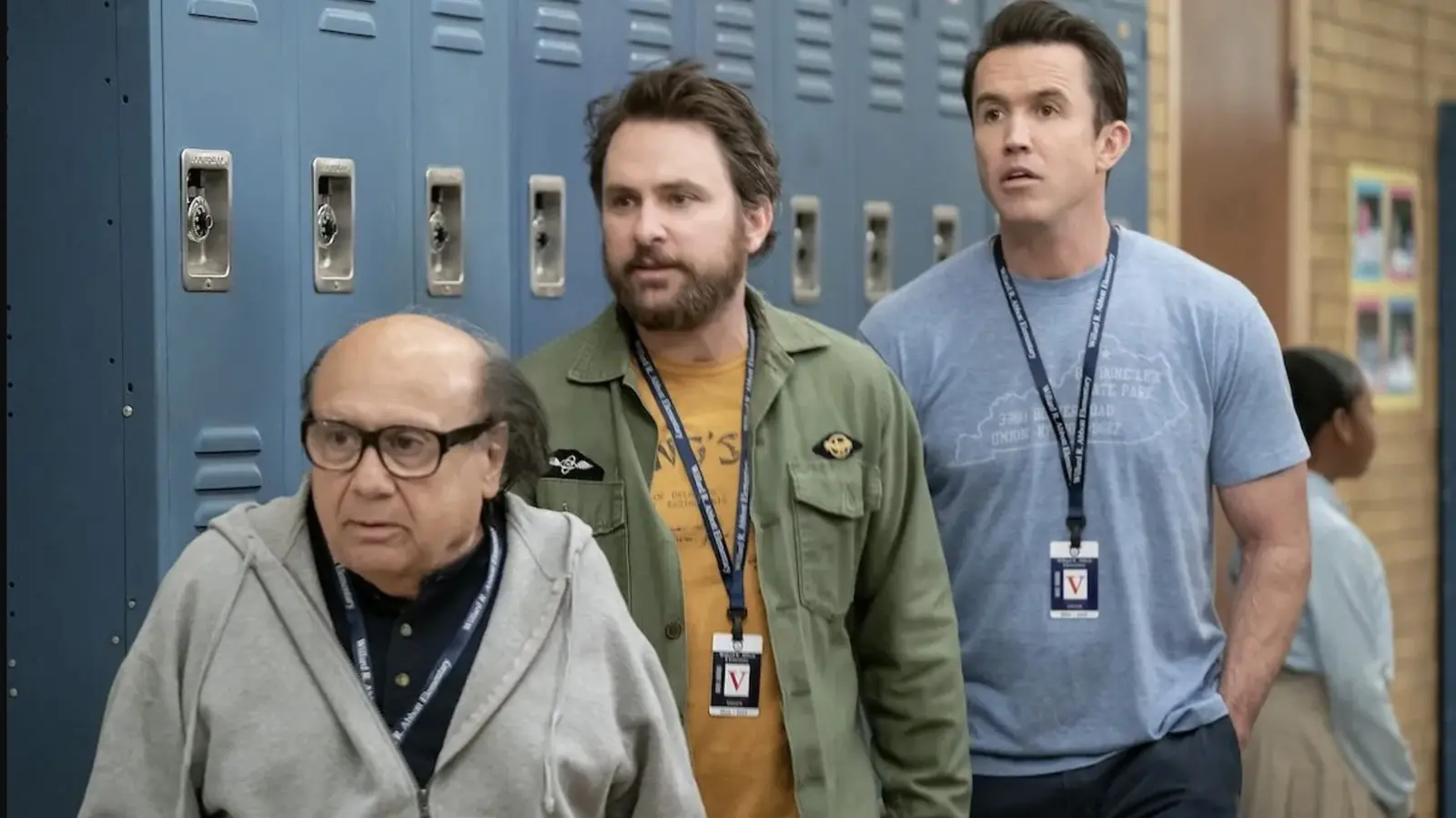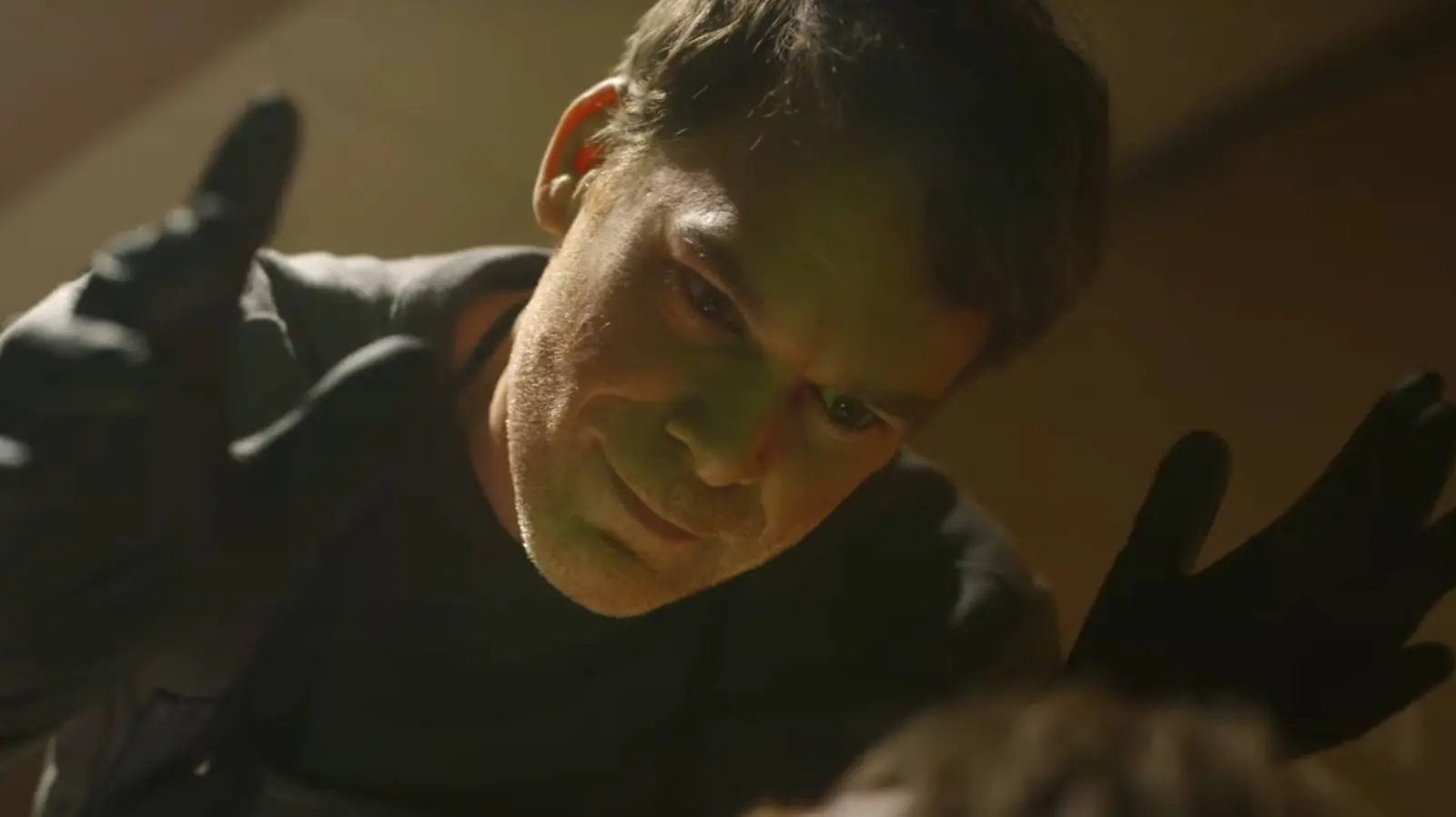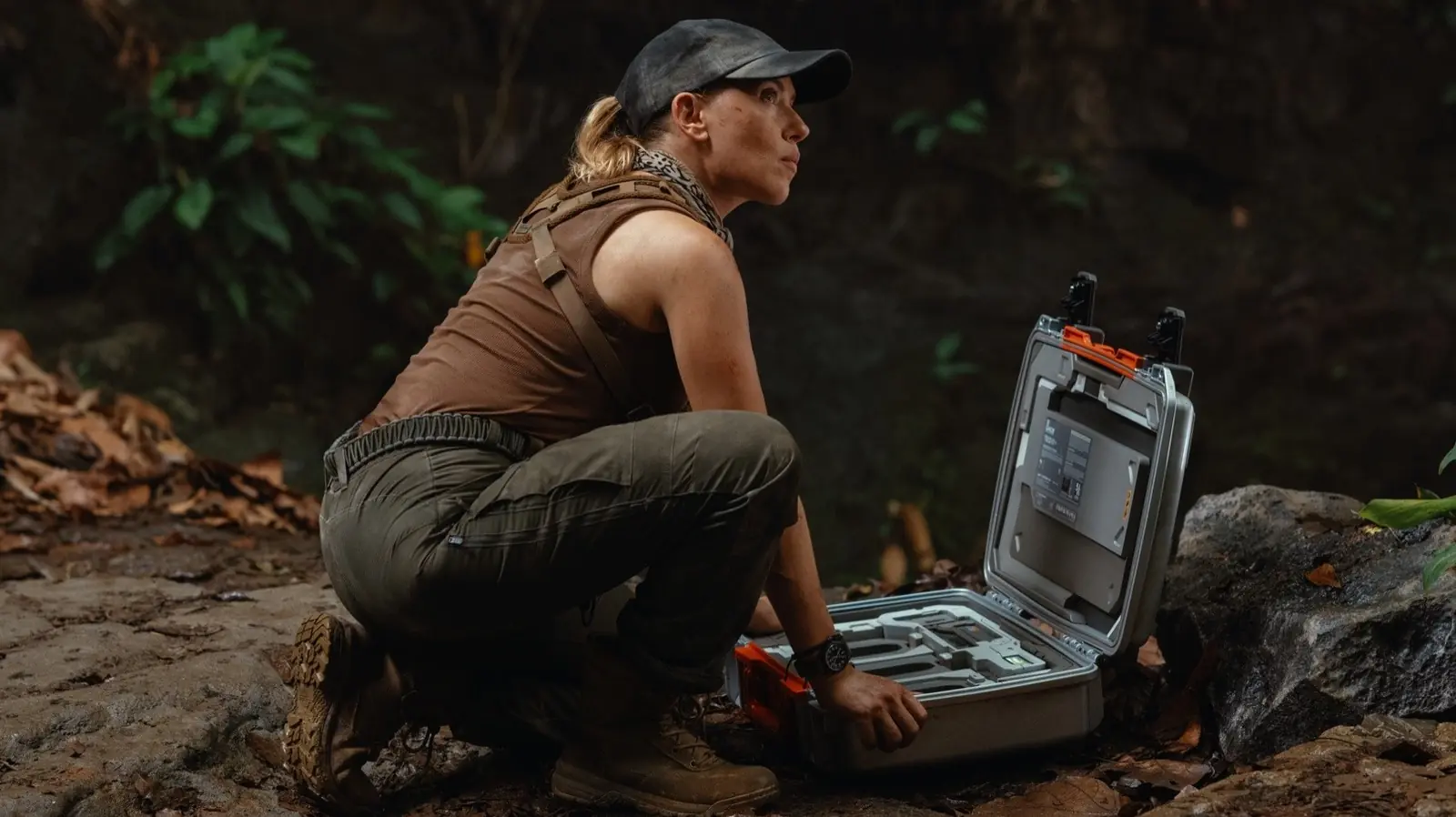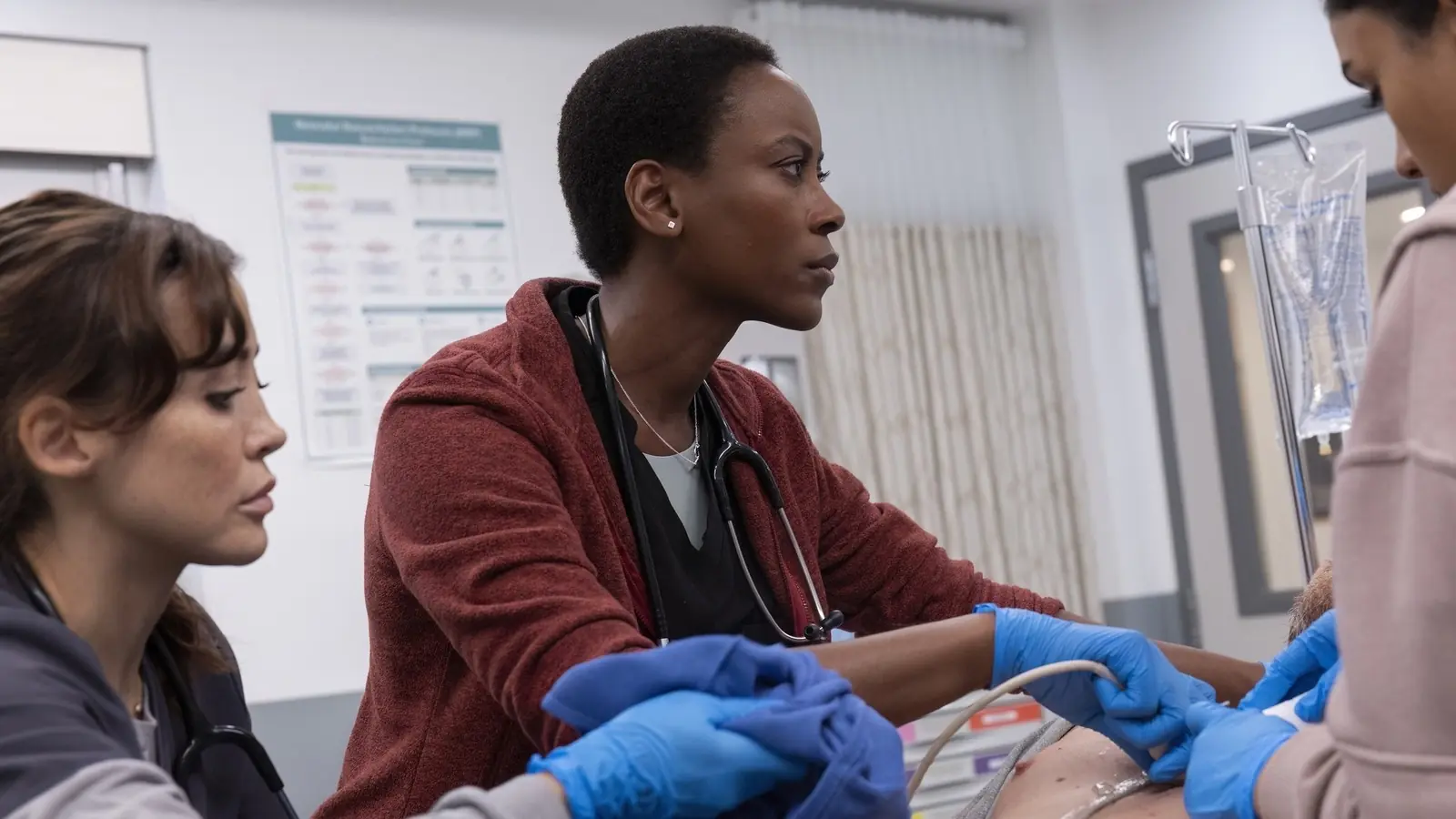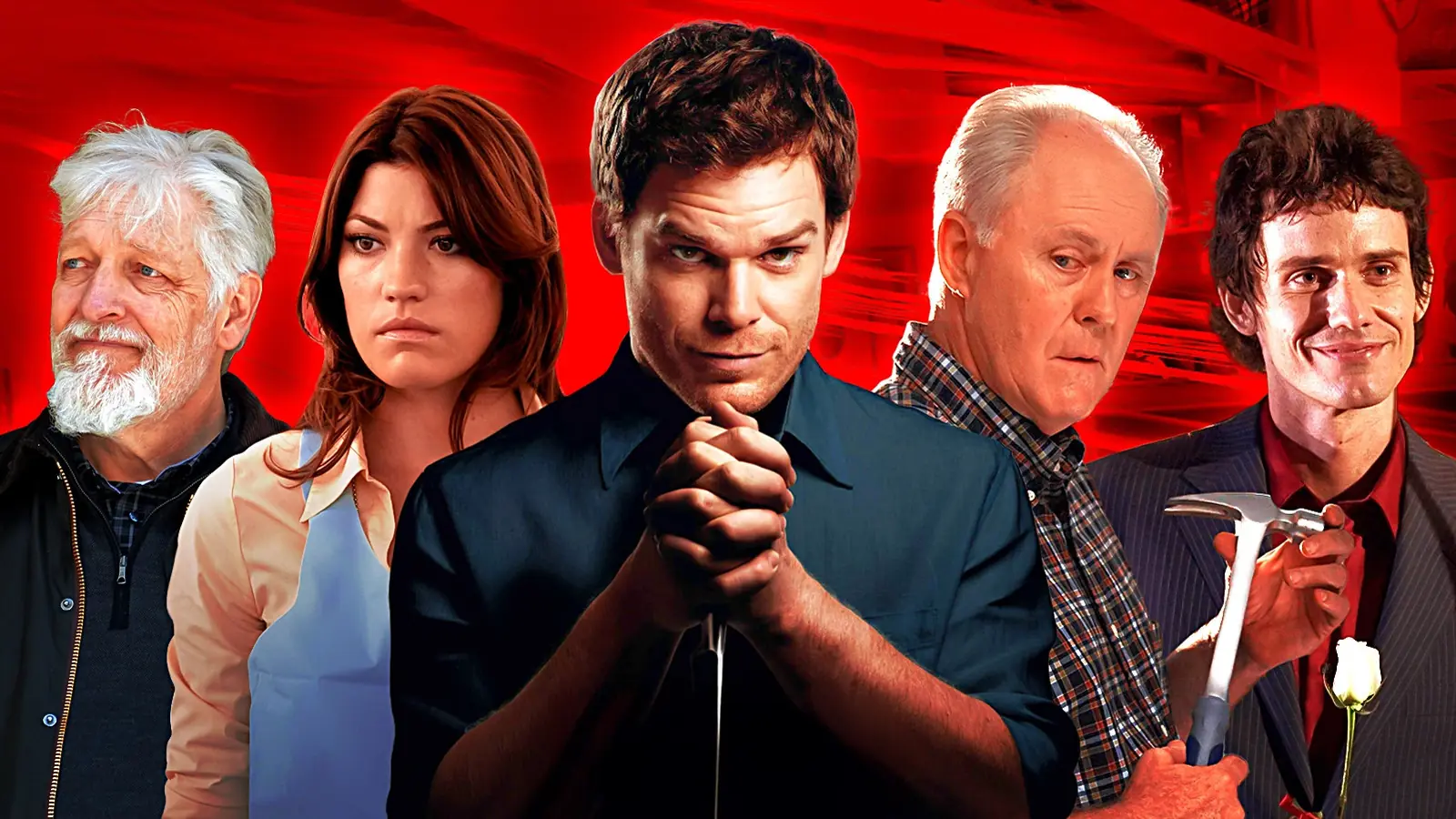In the Marvel Cinematic Universe, “Doctor Strange” stands out as one of the most visually astonishing films. Known for its captivating visual effects and intricate storytelling that wove together the mystical and the material worlds, “Doctor Strange” holds a special place among superhero films. However, in the creative process, the film’s villains—the Zealots—almost had a dramatically different visual representation that would have taken the film’s ethereal visuals to an even more unprecedented level of mind-bending splendor.
The Zealots, followers of the malevolent sorcerer Kaecilius, were central to the conflict in “Doctor Strange.” They were depicted as fierce adherents to the doctrine of the dark dimension, wielding terrifying magical abilities as they sought to impose Dormammu’s will upon Earth. Despite their formidable presence, early concepts for their design reveal that their appearance almost underwent a more surreal transformation.
Initial design concepts explored inventive and exaggerated possibilities for the depiction of the Zealots. Concept artists involved in the early stages of the film’s development brainstormed various ideas that would distinguish these antagonists not just in terms of their intentions and actions but visually as well. Among these was the concept of an ‘astral form’ that would manifest their otherworldly allegiance in a more striking fashion.
This astral form would have involved a transformation that abstracted their physical appearance into something vastly different from anything seen in the MCU before. The idea was to reflect the Zealots’ complete devotion to Dormammu, and their willingness to transcend the bounds of human form for the sake of power and immortality.
By conceptualizing the Zealots in an atypical astral form, the creators intended to accentuate their alienation from the earthly realm and their immersion into otherworldly dimensions. The notion was to adjoin their corporeal forms with an aura or silhouette that exhibited constant flux and awe-inspiring distortion, establishing a palpable sense of their allegiance to powers beyond human understanding.
Though these imaginative ideas failed to make it into the final cut, they highlight the significant role of speculative development in shaping the evolutionary journey of cinematic storytelling. Such concepts underwent numerous iterations and discussions as the filmmakers searched for a balance that would convey the Zealots’ menacing aura and serve the narrative without overwhelming the audience with an excessive display of visual flair.
The choice to retain controlled yet vivid visuals aligns with the film’s overarching thematic cohesion. “Doctor Strange” was, after all, an origin story not just for the titular character but also a deeper dive into the magical side of the Marvel Universe. Ensuring that visuals complemented rather than dominated the story was a priority in successfully achieving this balance.
Ultimately, the Zealots retained a visually arresting presence characterized by distinct eyeshadow marks and their dark robes, which spelled out their lethal intent and mystic affiliations without distracting from the primary storyline focused on Doctor Strange’s own transformative journey. Their appearance remains a testament to the seamless integration of fantastical elements with grounded storytelling that the film masters so well.
Bringing Trippy, multiversarial dimensions to the forefront of “Doctor Strange” was a monumental task of creativity and innovation. With its kaleidoscopic, reality-bending scenes, the film transported audiences into parallel dimensions in ways that still resonate with viewers. Every decision—right from character visuals to surreal environments—endows the film with an aesthetic unfamiliar to traditional superhero narratives.
The Marvel Cinematic Universe has always excelled in offering a broad tapestry of stories that cleverly balance character development with visual splendor, and “Doctor Strange” is a testament to that artistic equilibrium. The exploration of the Zealots’ astral forms is just another example of how the film’s creators dared to innovate extensively before settling on a version that seamlessly integrates into the larger narrative cloth of the universe.
The envisioning of such arresting ideas separates Marvel’s films from its contemporaries, constantly pushing the boundaries of what can be achieved through the medium of cinematic narrative. As “Doctor Strange” continues to garner acclaim and intrigue, discussions about what could have been remain as captivating as what ultimately unfolded on screen. The Zealots’ potential astral forms serve as an intriguing “what if” scenario, offering glimpses into the exploratory depths of creative filmmaking.
In conclusion, while the Zealots’ finalized design remains striking enough to establish their role as formidable adversaries, the unused concept illustrates the continuous landscape of artistry behind the scenes, revealing the endless possibilities of cinematic creation—a reminder of the dynamic interplay between storytelling and visual representation. As the MCU continues to expand and evolve, there’s little doubt that future films will build upon this legacy of creativity, daring to challenge the boundaries between the fantastical and the conceivable.

